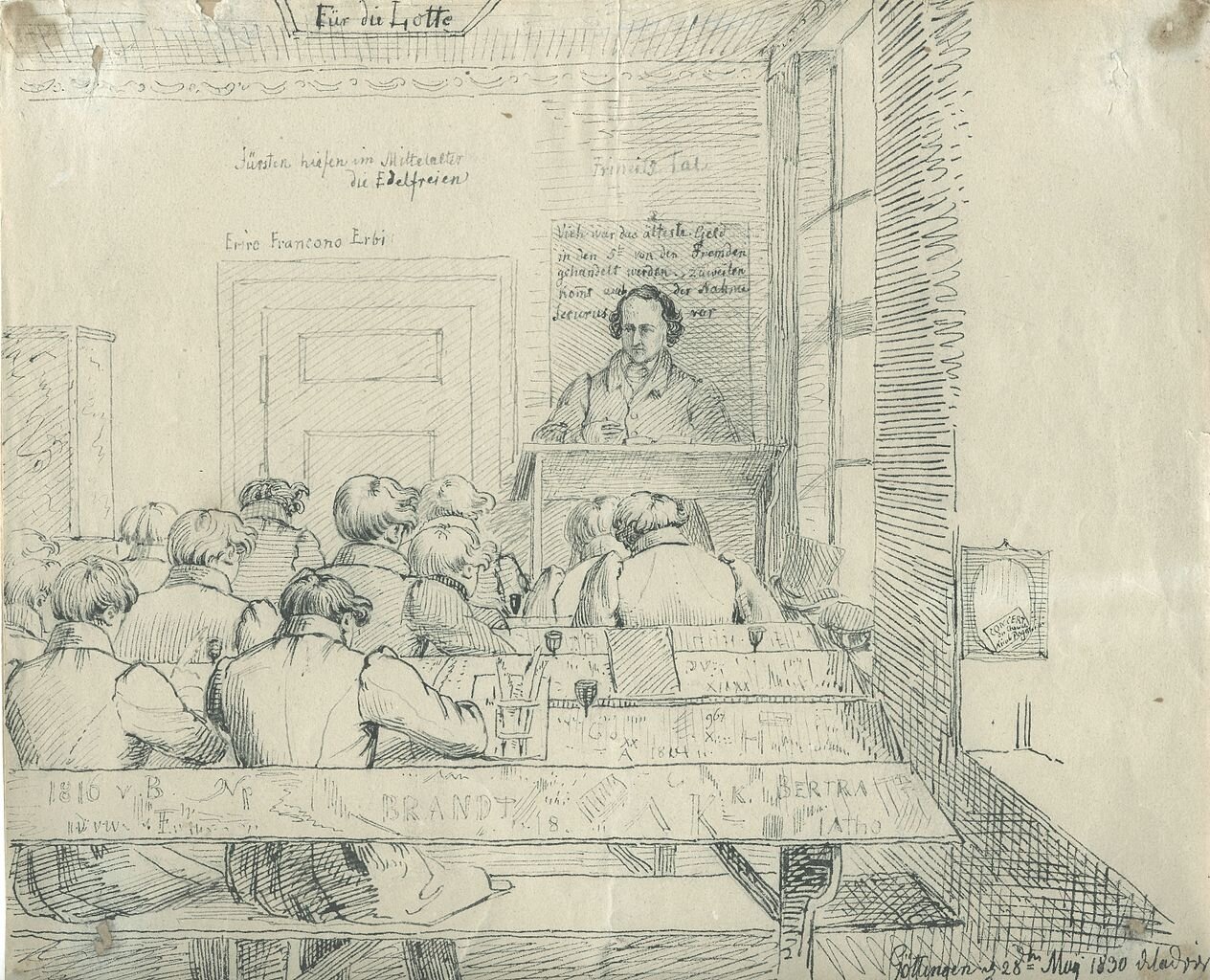
The Grimmdex
Throughout the 1880s, James Stallybrass published “Teutonic Mythology”, a four volume edition of iconic scholar Jacob Grimm’s immensely influential “Deutsche Mythologie”. Frequently discussed by scholars to this day, the text is notoriously difficult to approach. The Grimmdex aims to make “Teutonic Mythology” more accessible by greatly expanding the resource’s table of contents.
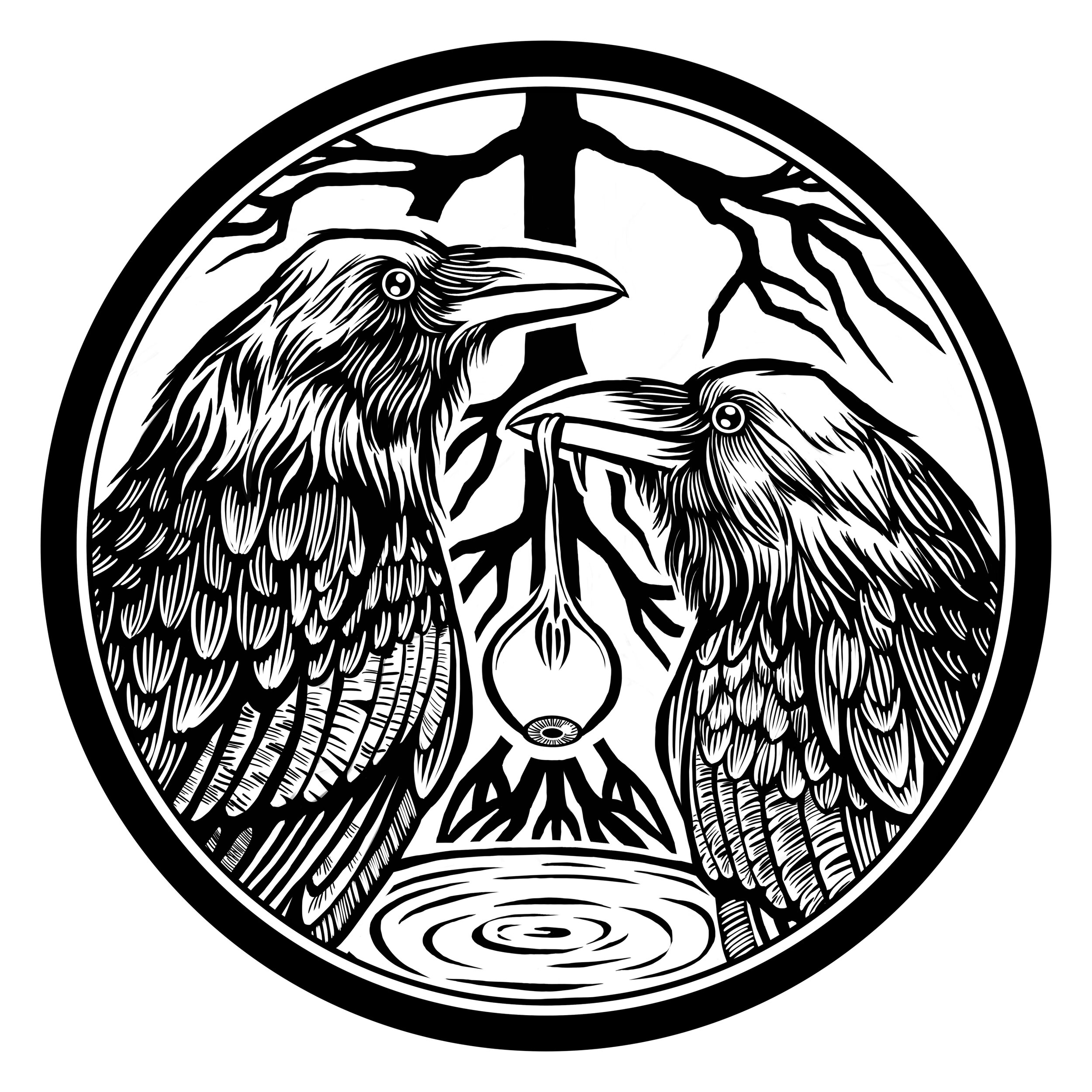
Museum Resources: Digital Collection Catalogues
Museums throughout Europe house the most important objects studied by scholars active in the field of Ancient Germanic studies. As of 2021, many larger museums in the region make their collections available to the public for free online. The present resource consists of a list of museum websites that contain such catalogues.
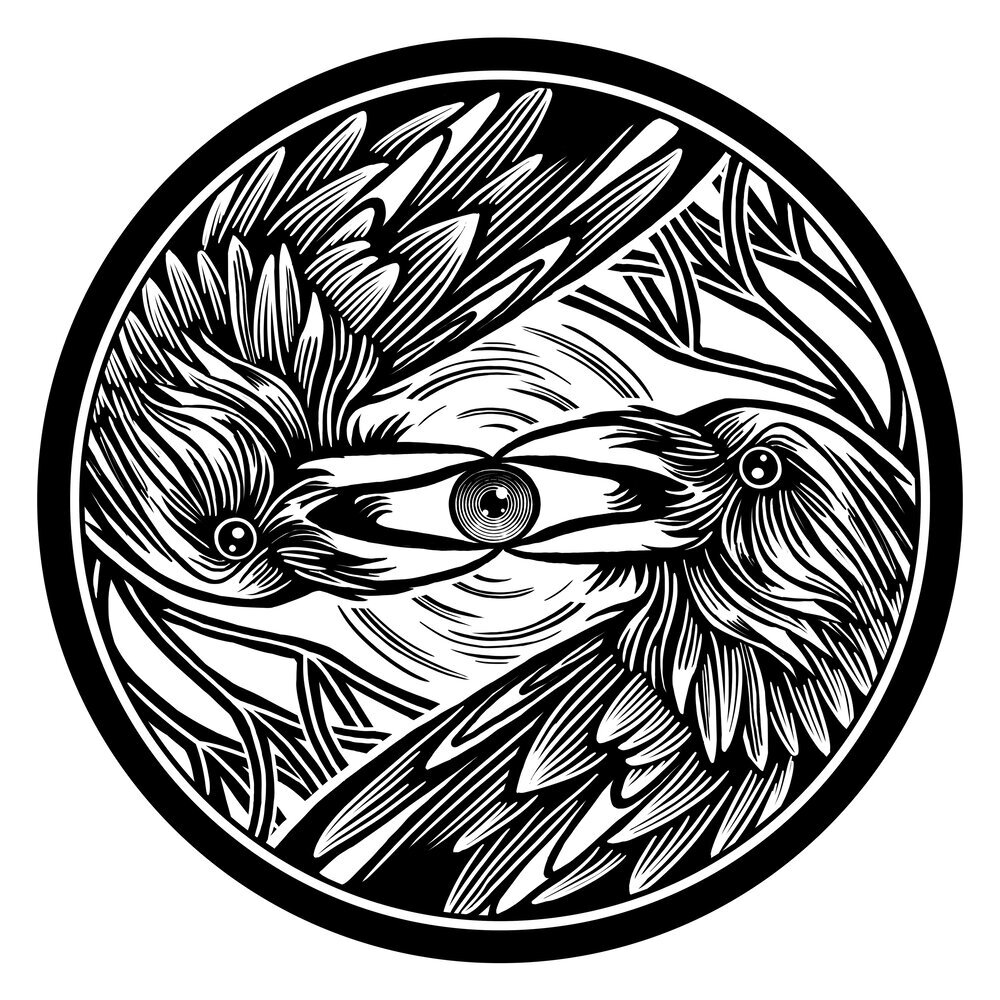
PDF version of "Meeting the Rus' through Translation'" now online
The world's first in-depth overview of 'full' English translations of Ahmad ibn Fadlan's Risala is now available online as a PDF at Academia.edu.
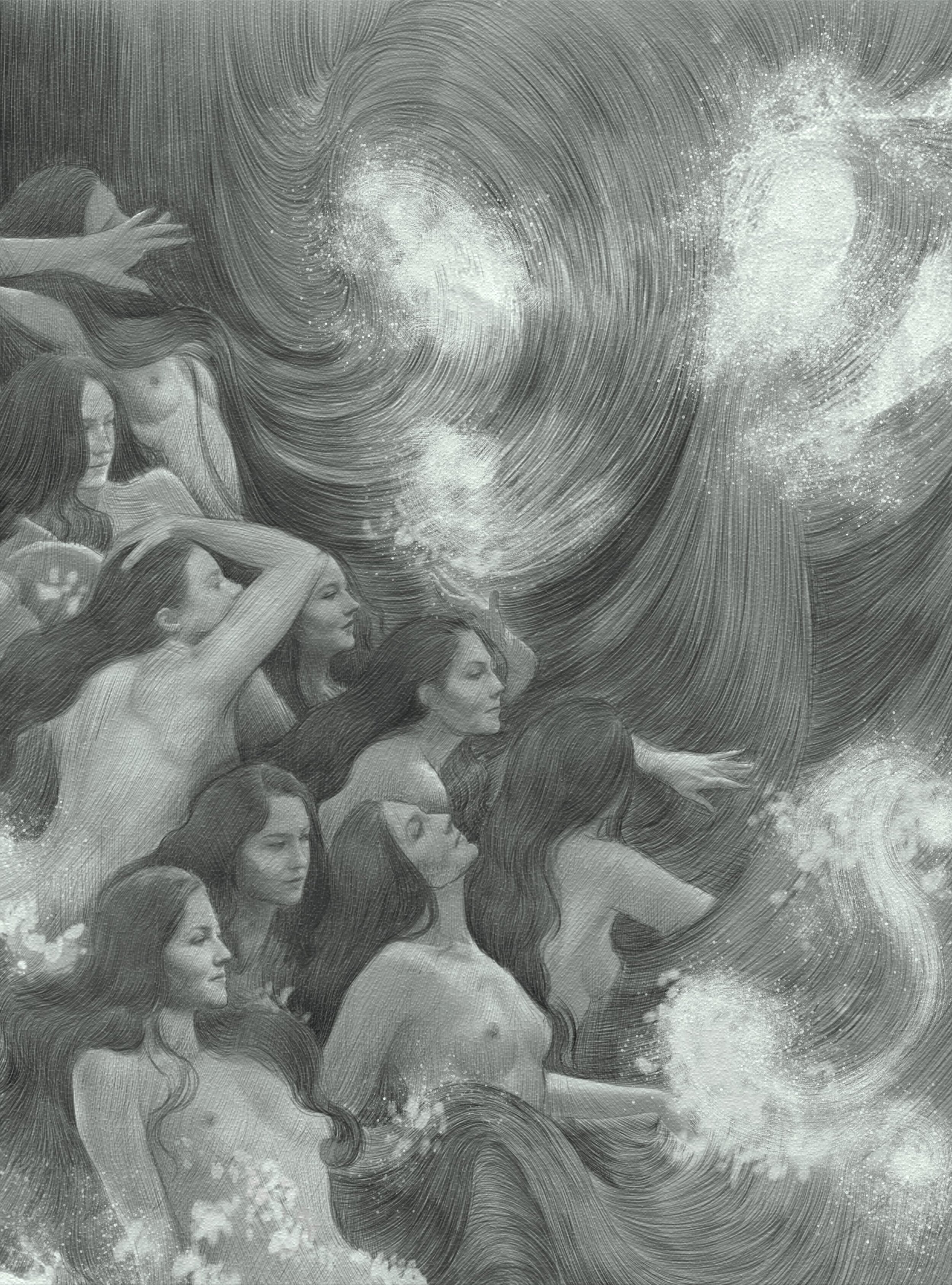
New Kvasir Symbol Database Entry: Water, Water Bodies, and Ships
Mimisbrunnr.info’s latest Kvasir Symbol Database entry focuses on water symbolism in ancient Germanic folklore. Topics covered include personified water bodies, animism, and some discussion regarding comparative data, particularly in the Old Norse record. Other topics include personified water in the modern era, such as the holy Hindu river and deity Ganga, and Hayao Miyazaki’s animistic representations of water in animated films such as “Spirited Away” and “Ponyo”.

Meeting the Rus' through translation: A survey of English language translations of Ahmad ibn Fadlan's Risala
Ahmad ibn Fadlan’s 10th century Risala contains important data for scholars active in ancient Germanic studies: Here readers can find an eyewitness account of the Rus’, a community of pagan Scandinavian merchants and subsequent namesake of modern Russia. Specialists in the field are overwhelmingly dependent upon translations of the text: Very few scholars in ancient Germanic studies read Middle Arabic. Whether for scholastic discussion or in preparation for a new translation, scholars are wise to survey extant editions of the text and to consult accompanying supplementary material. By way of the present survey, the authors hope to help simplify this process.
Edda to English revised, expanded, and now available in PDF format
Mimisbrunnr.info has revised, greatly expanded, and made available a PDF version of “Edda to English: A Survey of English Language Translations of the Prose Edda”.

Print-friendly PDF of the Simdex now online
Ever wanted to print out Mimisbrunnr.info’s The Simdex: An Unofficial Index for Rudolf Simek’s “Dictionary of Northern Mythology” and place it in the back of Rudolf Simek’s Dictionary of Northern Mythology? You’re in luck!

New Kvasir Symbol Database entry: Wilhelm Teudt's "Irminsul" Symbol
In our latest addition to the Kvasir Symbol Database, we examine the so-called “Irminsul” symbol. This obscure symbol is most commonly encountered in and around Germany, where one can at times find it to be said to be of pre-Christian Germanic origin. In reality, this symbol was first proposed by völkisch enthusiast and SS-Ahnenerbe member Wilhelm Teudt in 1929, a product of baseless pseudoscience rather than scholarly analysis.
Introducing r/AncientGermanic
Mimisbrunnr.info now administers the new subreddit r/AncientGermanic for friendly, educational, and inclusive discussion of news in the field and the general discussion of topics relevant to ancient Germanic studies. You’re invited!
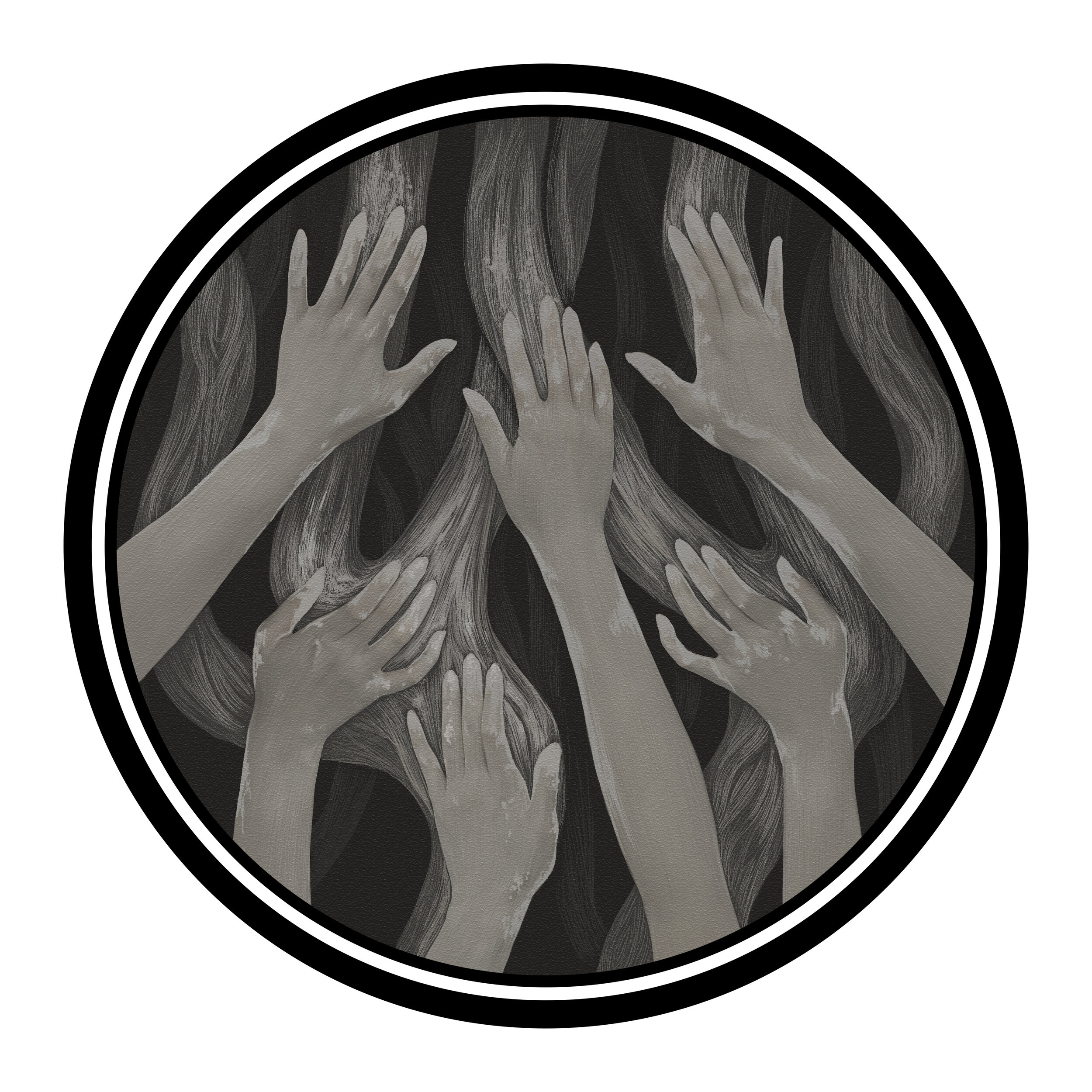
Fair Folk Podcast Interview: "Apples & Gods with Joseph S. Hopkins"
Following up on the new Kvasir Symbol Database entry “Apple & Apple Tree”, Joseph S. Hopkins (Mimisbrunnr.info’s primary administrator), appears on the most recent episode of Fair Folk Podcast, “Apples & Gods with Joseph S. Hopkins”.
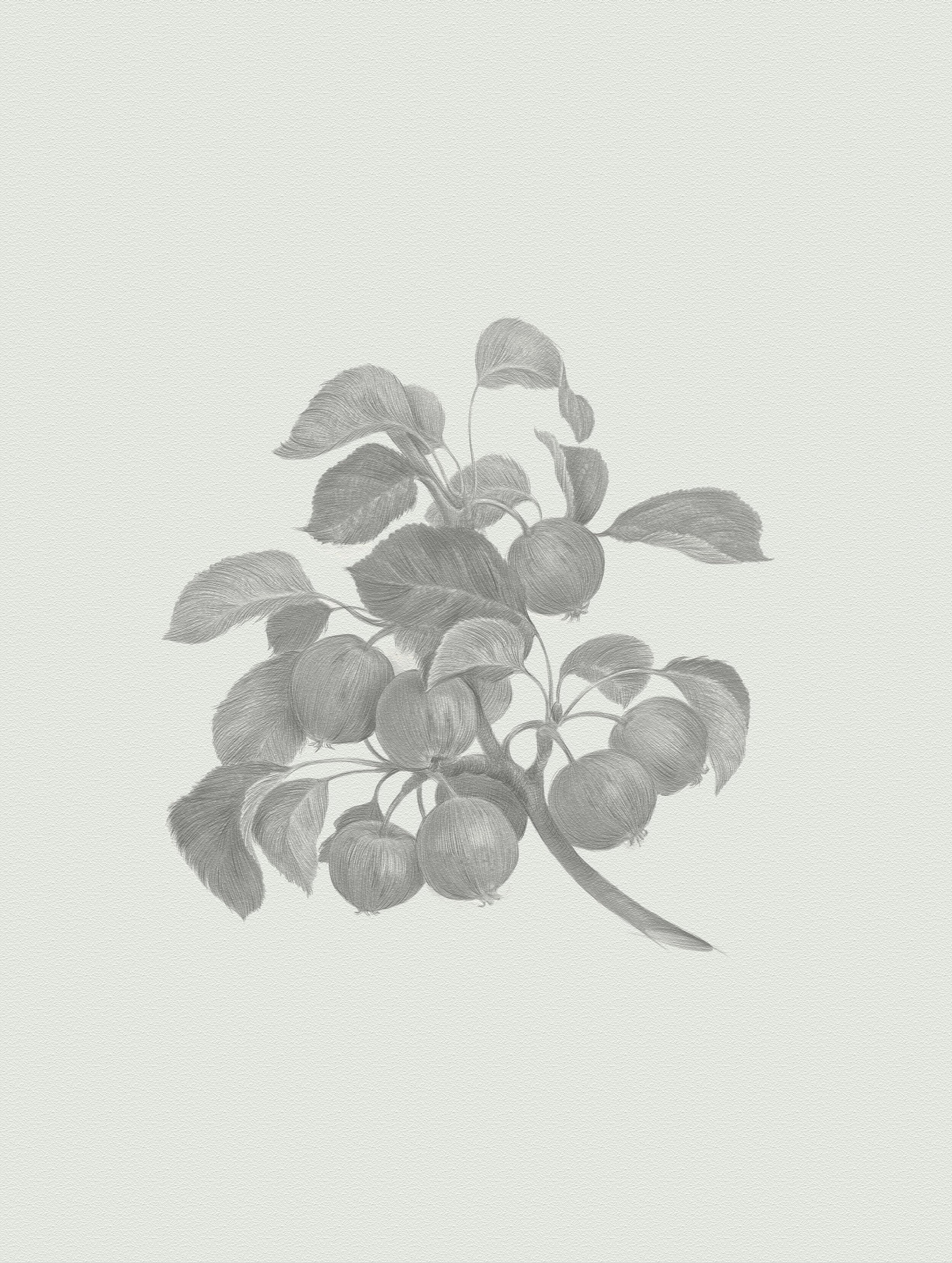
New Kvasir Symbol Database entry: Apple & Apple Tree
In ancient Germanic texts—and in many others—the apple is associated with sex, but also death and reproduction. Kvasir Symbol Database’s new entry on the symbolism of the apple and the apple tree examines the topic.
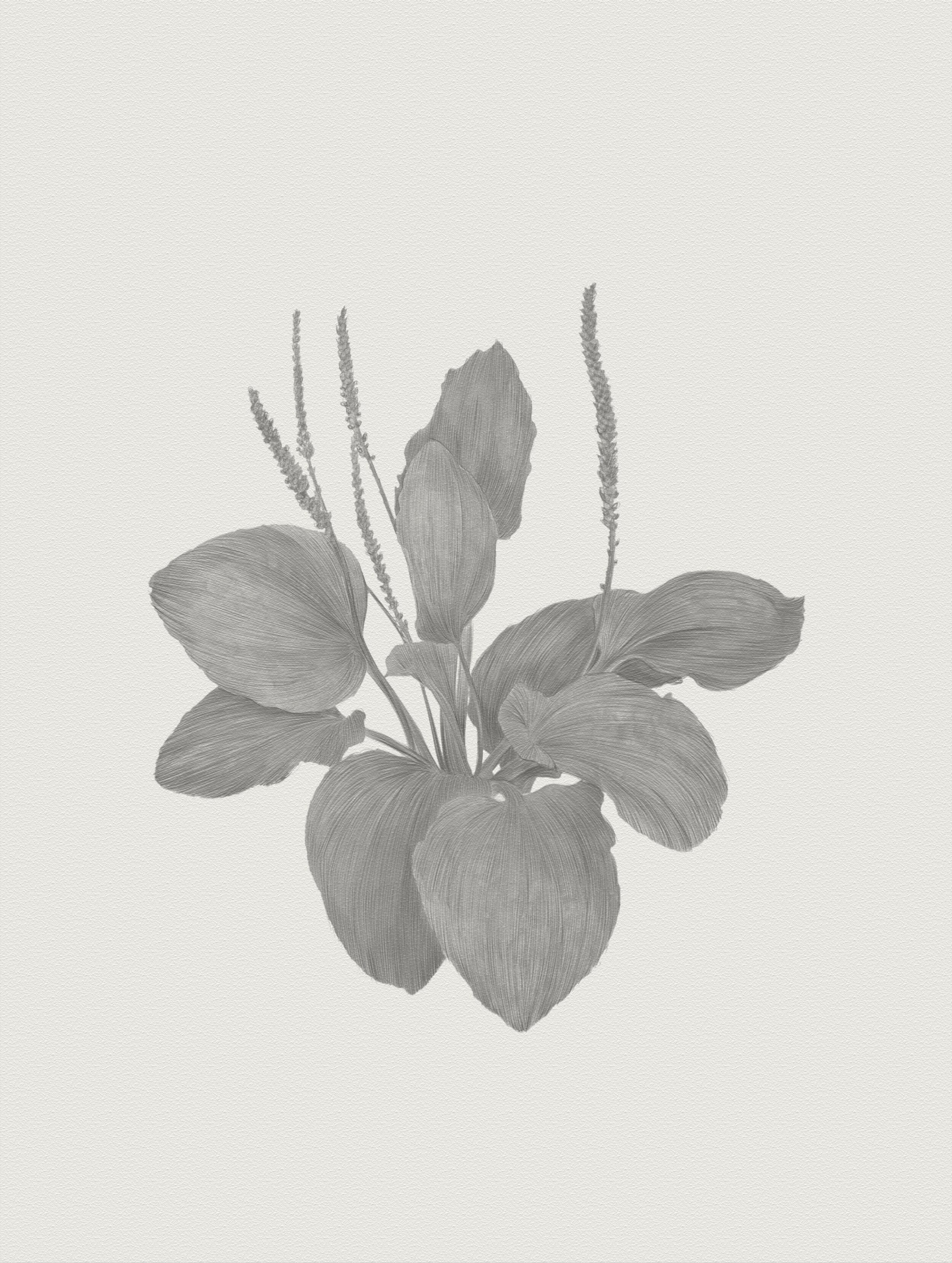
A New Illustrated Translation of the Nigon Wyrta Galdor, popularly known as "The Nine Herbs Charm"
Mimisbrunnr.info is pleased to announce the project’s new illustrated and annotated translation of Nigon Wyrta Galdor (NWG), popularly known as, the Nine Herbs Charm.
